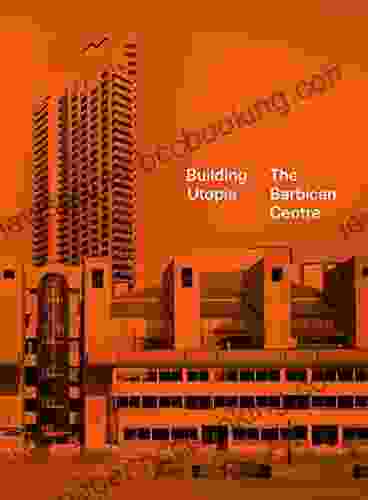In the aftermath of the Second World War, as London's cityscape lay in ruins, a daring vision emerged: the Barbican Centre. Conceived as a utopian sanctuary amidst the devastation, this ambitious architectural project sought to redefine urban living and create a thriving community in the heart of the city.
A Vision for the Future
The Barbican Centre was the brainchild of the visionary architect Chamberlin, Powell and Bon, who imagined a self-contained urban oasis that would combine residential housing, cultural venues, and public spaces within a single, harmonious complex. Inspired by the utopian ideals of the 19th century, they aimed to create a community where residents could live, work, and socialize in an environment that fostered creativity and well-being.
The architectural design of the Barbican Centre is a testament to the Brutalist movement, which emphasized raw concrete and geometric forms. The complex is characterized by its monolithic towers, punctuated by intricate balconies and walkways, that form a labyrinthine cityscape within the city. The buildings are interconnected by a network of pedestrian bridges, creating a sense of enclosure and community.
Creating a Urban Oasis
At the heart of the Barbican Centre is its vibrant public realm. The Barbican Estate, which comprises over 2,000 apartments, is designed to provide a sense of community and shared ownership. Its courtyards, gardens, and public spaces offer residents and visitors alike places to gather, relax, and connect with their surroundings.
The Barbican Centre also boasts an impressive array of cultural venues, including the Barbican Theatre, Barbican Hall, and Barbican Art Gallery. These spaces host a diverse program of performances, exhibitions, and events that cater to a wide range of interests and tastes. By integrating culture into the fabric of the community, the Barbican Centre aims to foster creativity and intellectual growth among its residents.
Legacy of a Visionary Project
Since its completion in the 1970s, the Barbican Centre has become an iconic landmark in London and a beloved home to thousands of residents. Its architectural significance has been widely recognized, earning it numerous awards and accolades, including Grade II* listed status from Historic England.
The Barbican Centre's legacy extends beyond its physical presence. It has served as a model for urban regeneration projects around the world, demonstrating the power of architecture to transform communities and create thriving urban environments. Its utopian vision continues to inspire architects, planners, and policymakers who seek to create more livable and sustainable cities.
The Barbican Centre is a testament to the power of architectural imagination and the enduring appeal of utopian ideals. Its unique design and vibrant community have made it a beloved destination for residents and visitors alike, showcasing the transformative potential of architecture to create spaces that enrich our lives and inspire our dreams.


























































































